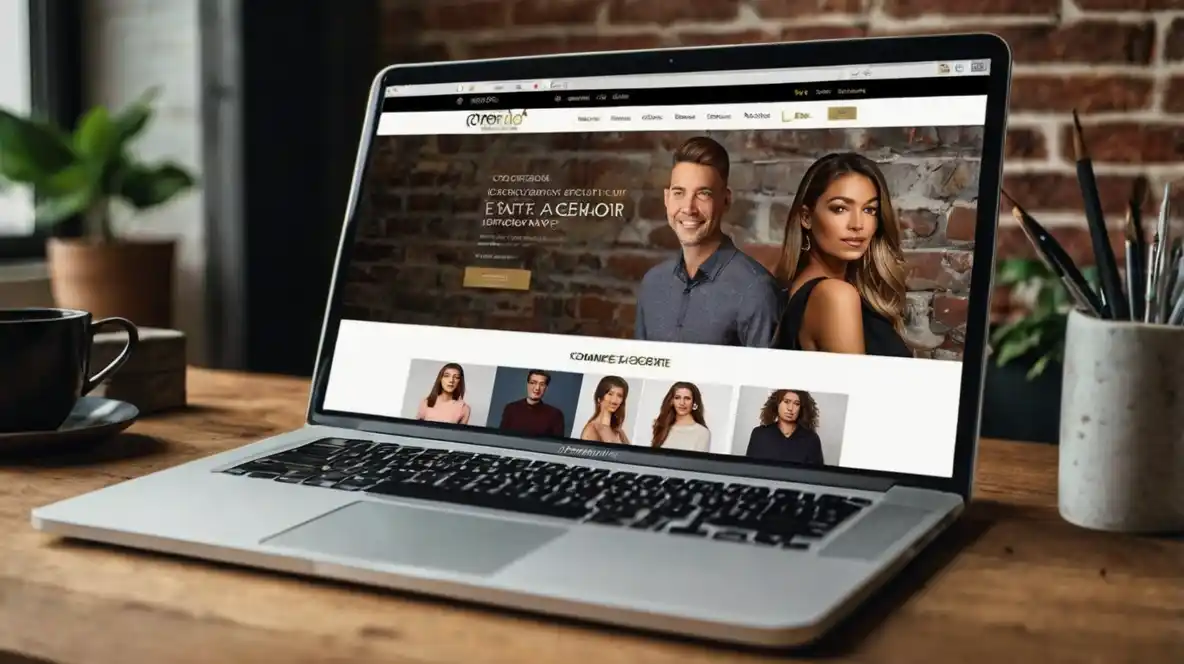In today’s competitive landscape, businesses in the synthetic turf industry need effective digital marketing strategies to stay ahead. One of the most powerful tools available is Pay-Per-Click (PPC) advertising. A well-executed PPC campaign can drive highly targeted traffic, generate leads, and increase conversions for synthetic turf businesses. This guide explores everything you need to know about leveraging PPC for synthetic turf marketing success.
Why Choose PPC for Synthetic Turf Marketing?
Benefits of PPC Over Organic Marketing
While organic SEO is valuable for long-term success, PPC provides immediate visibility and traffic. Here are the key advantages of PPC for synthetic turf businesses:
- Instant visibility: Your ad appears on search engine results pages (SERPs) immediately after setup.
- Targeted audience: PPC allows businesses to target specific demographics, locations, and user intent.
- Measurable ROI: Advanced analytics tools help track ad performance and optimize spending.
- Scalability: Campaigns can be adjusted based on budget and business growth.
Cost-Effectiveness and ROI
Many businesses hesitate to invest in PPC due to budget concerns. However, with proper keyword research and ad optimization, synthetic turf companies can maximize their return on investment (ROI). A well-targeted PPC campaign ensures that your ads reach potential customers actively searching for synthetic turf solutions, leading to higher conversion rates.
Creating a Winning PPC Strategy
Keyword Research for Synthetic Turf PPC
Effective keyword selection is the foundation of a successful PPC campaign. Focus on:
- High-intent keywords: Such as “buy artificial grass,” “synthetic turf installation near me,” and “best synthetic grass.”
- Long-tail keywords: These have lower competition and higher conversion rates, e.g., “eco-friendly synthetic turf for backyard.”
- Negative keywords: Exclude irrelevant searches like “free turf samples” or “DIY artificial grass installation.”
Ad Copy Best Practices
Crafting compelling ad copy is crucial for click-through rates (CTR). Key elements include:
- Attention-grabbing headlines: Include primary keywords and highlight unique selling points.
- Clear call-to-action (CTA): Encourage users to “Get a Free Quote” or “Schedule a Consultation.”
- Ad extensions: Utilize sitelinks, callouts, and location extensions to provide additional information.
Landing Page Optimization
A well-designed landing page ensures that PPC traffic converts into leads. Essential elements include:
- Fast load times: Slow pages result in high bounce rates.
- Mobile responsiveness: Ensure a seamless experience on all devices.
- Clear CTA buttons: Direct users toward desired actions like filling out a contact form or calling for a quote.
- Customer testimonials and trust signals: Boost credibility and reassure potential buyers.
Budgeting and Bidding Strategies
Determining Your PPC Budget
The ideal PPC budget depends on various factors, including:
- Industry competition
- Average cost-per-click (CPC)
- Expected conversion rate
- Business goals
Start with a manageable budget and adjust based on campaign performance.
Bidding Strategies for Maximum ROI
- Manual CPC bidding: Allows full control over bids per keyword.
- Enhanced CPC: Adjusts bids automatically based on the likelihood of conversion.
- Target ROAS (Return on Ad Spend): Focuses on maximizing profitability.
- Maximize Clicks: Ensures the highest possible traffic volume within budget constraints.
Measuring and Optimizing PPC Campaigns
Tracking Key Performance Metrics
- Click-Through Rate (CTR): Indicates ad effectiveness.
- Conversion Rate: Measures how many visitors take action.
- Cost-Per-Conversion: Evaluates cost efficiency.
- Quality Score: Google’s rating of keyword relevance and landing page quality.
A/B Testing for Continuous Improvement
Regularly test different ad variations, headlines, and CTAs to optimize performance.
Retargeting Strategies
Retarget users who have previously visited your site but didn’t convert by displaying tailored ads.
Companies Doing The Best In This Field
Several companies have demonstrated exceptional proficiency in managing Pay-Per-Click (PPC) advertising within the synthetic turf industry. Here are some notable examples:
- TurFresh
Specializing in artificial turf cleaning services across California, Nevada, Arizona, and Texas, TurFresh has effectively utilized PPC campaigns to reach their target audience. Their strategic use of targeted ads has enhanced their visibility and customer engagement.
- REALTOP
REALTOP, a digital marketing agency, has achieved significant success with PPC campaigns for clients in the synthetic turf industry. They reported a 51% increase in total leads and a 7.26% reduction in average conversion costs through meticulous A/B testing, keyword optimization, and strategic ad placements.
- Declare Media
Declare Media emphasizes the importance of Google Ads for turf companies aiming to enhance their online presence. They advocate for well-optimized campaigns that connect turf businesses with potential customers actively seeking their services, thereby driving lead generation and sales.
- RED PPC
RED PPC offers specialized PPC services tailored for synthetic turf businesses. Their approach focuses on delivering exceptional performance and tangible results by implementing customized strategies that align with the unique needs of the turf industry.
- Elevation Marketing
With over 20 years of experience, Elevation Marketing assists turf and ornamental companies in integrating both digital and traditional marketing strategies. Their comprehensive approach includes PPC advertising, aiming to boost brand awareness and sales within the green industry.
Conclusion
PPC advertising is a game-changer for synthetic turf businesses looking to generate leads and boost sales. By focusing on keyword research, compelling ad copy, landing page optimization, and continuous campaign monitoring, businesses can achieve substantial returns. Start implementing PPC today and watch your synthetic turf business grow.
FAQs
1. What is PPC, and how does it benefit synthetic turf businesses?
PPC (Pay-Per-Click) advertising is a digital marketing strategy where businesses pay for each click on their ads. It helps synthetic turf businesses by providing instant visibility, attracting targeted traffic, and generating high-quality leads.
2. How much should I budget for a Synthetic Turf PPC campaign?
PPC budgets vary based on competition, location, and business goals. Start with a manageable budget (e.g., $500–$2,000 per month) and adjust based on performance metrics like conversion rate and cost-per-click (CPC).
3. What are the best keywords for Synthetic Turf PPC?
Effective keywords include high-intent terms like:
- “Buy artificial grass”
- “Synthetic turf installation near me”
- “Pet-friendly artificial turf”
- “Low-maintenance fake grass”
4. How can I improve my PPC ad performance?
To boost PPC performance:
- Use compelling ad copy with a strong call-to-action (CTA).
- Optimize landing pages for speed and conversions.
- Implement A/B testing on headlines and descriptions.
- Utilize negative keywords to filter irrelevant traffic.
5. What is Quality Score, and why does it matter?
Quality Score is a Google Ads metric that evaluates keyword relevance, ad quality, and landing page experience. A higher Quality Score leads to lower CPC and better ad placements.
6. How do I track the success of my PPC campaign?
Monitor key metrics such as:
- Click-Through Rate (CTR)
- Conversion Rate
- Cost-Per-Conversion
- Return on Ad Spend (ROAS)
7. Can PPC work alongside SEO for synthetic turf businesses?
Yes! PPC delivers immediate traffic, while SEO builds long-term organic rankings. Using both strategies together maximizes visibility, engagement, and lead generation. Learn more about PPC.









